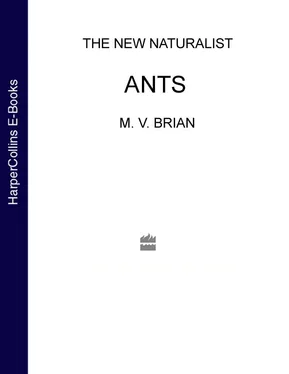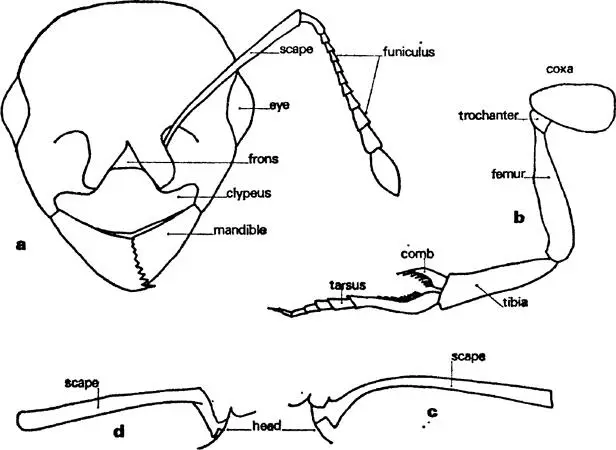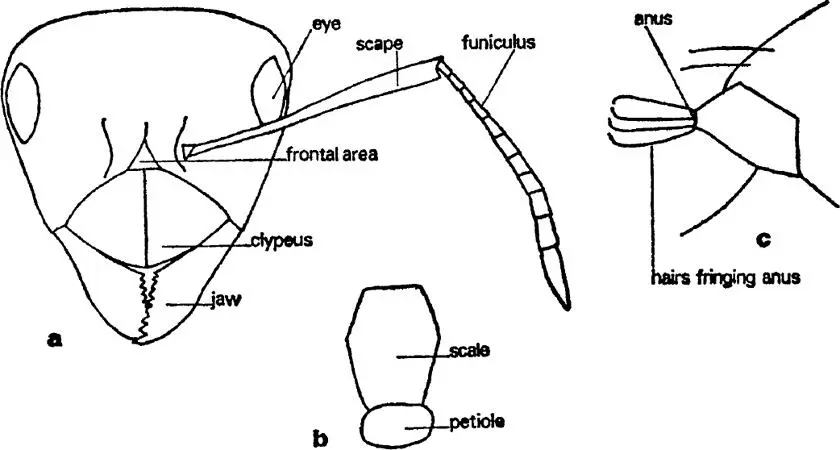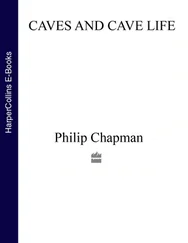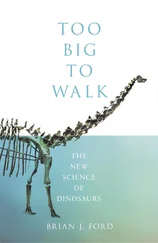Three keys are given here: the first to sub-families, the second to genera and the third to species. These are based on characteristics shown by workers and, in those species which lack them, queens; males help a great deal but for simplicity have been left out. To identify ants as far as the species is difficult; indeed, experts are often not in agreement about some very similar forms. Nevertheless the four main genera, Myrmica , Leptothorax , Lasius and Formica , have been here divided into their most common and easily identified species. The key is not based solely on structural features but includes in a few places reference to habitat, nest site and shape and other aspects of natural history. A low-powered stereoscopic microscope is best for assessing many characteristics but a hand lens may sometimes be adequate. Many distinctions are comparative, e.g., hairy or not hairy, and it is obvious that in these cases experience and reference to a reliable, modern collection is essential.
| A |
Ponerinae |
|
|
Only one certain British species, Ponera coarcta , exists; it is a slow, timid ant with small colonies |
|
| B |
Myrmicinae |
|
| 1 |
Queens black, with shallow, longitudinal trough on gaster, no workers; in Tetramorium caespitum nests |
Anergates |
| — |
Otherwise |
2 |
| 2 |
No spines on the rear of the mesosoma, antennae of 10 segments, the last 2 forming a club |
Solenopsis |
| — |
Mesosoma toothed or spined at the rear |
3 |
| 3 |
Second waist segment with a forwards-directed spine underneath |
4 |
| — |
No such spine |
5 |
| 4 |
Antennae 11-segmented, tibial spurs on legs 2 and 3, in Formica rufa nests |
Formicoxenus |
| — |
Antennae 12-segmented, no tibial spurs on legs 2 and 3, no workers; in Myrmica nests |
Sifolinia |
| 5 |
Jaw sickle-shaped; in nests of Tetramorium caespitum |
Strongylognathus |
| — |
Jaw with teeth |
6 |
| 6 |
First waist segment elongate, eyes minute |
Stenamma |
| — |
First waist segment not elongate, eyes normal |
7 |
| 7 |
First waist segment oblong from side with 2 tubercles above |
Myrmecina |
| — |
Segment not so |
8 |
| 8 |
Front of first thoracic segment squared dorsally, small black ants |
Tetramorium |
| — |
Front of first thoracic segment rounded dorsally, reddish-brown ants |
9 |
| 9 |
Last 3 antennal segments shorter than the rest of the funiculus |
Myrmica |
| — |
Last 3 antennal segments about as long as the rest of the funiculus |
Leptothorax |
| C |
Formicinae |
|
| I |
Ocelli large and distinct, legs long, segments 2–5 of the funiculus longer than all the rest together |
Formica |
| 2 |
Ocelli very small and indistinct, legs short, segments 2–5 of the funiculus shorter than all the rest together |
Lasius |
| D |
Dolichoderinae |
|
|
Only one British species, Tapinoma erraticum, exists; it has small, black, agile workers which run about with their gaster raised |
|
| A |
Myrmica |
|
| O |
Scape of antenna near point of attachment to head bent gradually and smoothly without ridges; head relatively shiny, especially the frontal area ( fig. 6c) |
1 |
| — |
Scape bent sharply through a right angle, with or without ridges, head dull, matt ( fig. 6d) |
2 |
| 1 |
Epinotal spines long in relation to body size; either workers large, queens larger than workers, fewer than 10 in a colony ( macrogyna ) |
|
|
or |
|
|
queens same size as workers, more than 10 in a colony ( microgyna ) |
ruginodis |
| — |
Epinotal spines short in relation to body size; workers small, queens much larger, up to 100 in a colony |
rubra |
| 2 |
Antennal scape without ridge or teeth; frontal area with marked striations; a dark ant in moorland |
sulcinodis |
| — |
Antennal scape with ridges or teeth at the bend |
3 |
| 3 |
Scape with very characteristic transverse ridge or plate at bend, almost tooth-like from some aspects; a small, dark species |
lobicornis |
| — |
Scape with lateral ridge at bend, reddish-brown |
scabrinodis |
|
( fig. 6d) and |
sabuleti |
FIG. 6. Worker of Myrmica rubra : a. head, b. foreleg, c. scape of antenna, d. Myrmica scabrinodis: scape of antenna. c. and d. are viewed from behind. Hairs are abundant on the head which is strongly corrugated.
FIG. 7. Worker of Lasius niger : a. head; b. scale on petiole from behind; c. side view of tail segments to show ring of hairs around the circular orifice. The whole body is covered with a light pubescence and there are short, erect hairs on the scape of the antenna but none of these have been shown.
| C |
Lasius |
|
| O |
Colour jet black, shiny, head heart-shaped |
fuliginosus |
| — |
Colour otherwise, head normal |
1 |
| 1 |
Colour brown to dull black |
2 |
| — |
Colour yellow |
4 |
| 2 |
Scape of antenna and tibia of leg with short, upright hairs; body dark, almost black but hairy and matt |
niger |
| — |
No such hairs; body browner, less hairy |
3 |
| 3 |
Frontal area indistinct; smaller, uniformly coloured, individuals living in open, sunny places |
alienus |
| — |
Frontal area distinct; larger individuals with gaster and head darker than the thorax; living in old trees |
brunneus |
| 4 |
Scape of antenna and tibia of leg with short, upright hairs |
umbratus |
|
and |
rabaudi |
| — |
No such hairs |
5 |
| 5 |
Hairs on top of gaster short, scale tapered above |
mixtus |
| — |
Hairs on top of gaster long, scale broad and low, not tapered above, no cheek hairs in front view; makes soil mounds in grassland |
flavus |
|
Three of the yellow species, umbratus , rabaudi and mixtus , are very variable and intergrade in the worker caste. |
|
| D |
Formica |
|
| O |
Clypeus with central notch in lower margin; colour usually deep red |
sanguinea |
| — |
Clypeus without notch; colour reddish-brown to black |
I |
| 1 |
Back of head and top of scale notched |
exsecta |
| — |
Not so |
2 |
| 2 |
Thorax reddish-brown, paler than head and gaster |
3 |
| — |
Body black all over |
6 |
| 3 |
Eyes with small hairs and back of head with prominent long hairs; wood ants making mound nests of vegetation near trees or in open moorland in northern Britain |
4 |
| — |
Eyes and back of head bare |
5 |
| 4 |
Thorax with many fine, long hairs |
lugubris |
| — |
Thorax with fewer, shorter hairs |
aquilonia |
| 5 |
Frontal area shiny, maxillary palp short and hairy; southern wood ants making large mound nests in open forest |
rufa |
| — |
Frontal area dull; individuals smaller, making very small mound nests or excavations in open, heathy places |
cunicularia |
| 6 |
Body shiny, black; building small vegetation mounds in wet heath and bog |
transkaucasica |
| — |
Body dull, black; excavating nests in drier places |
lemani |
|
and |
fusca |
